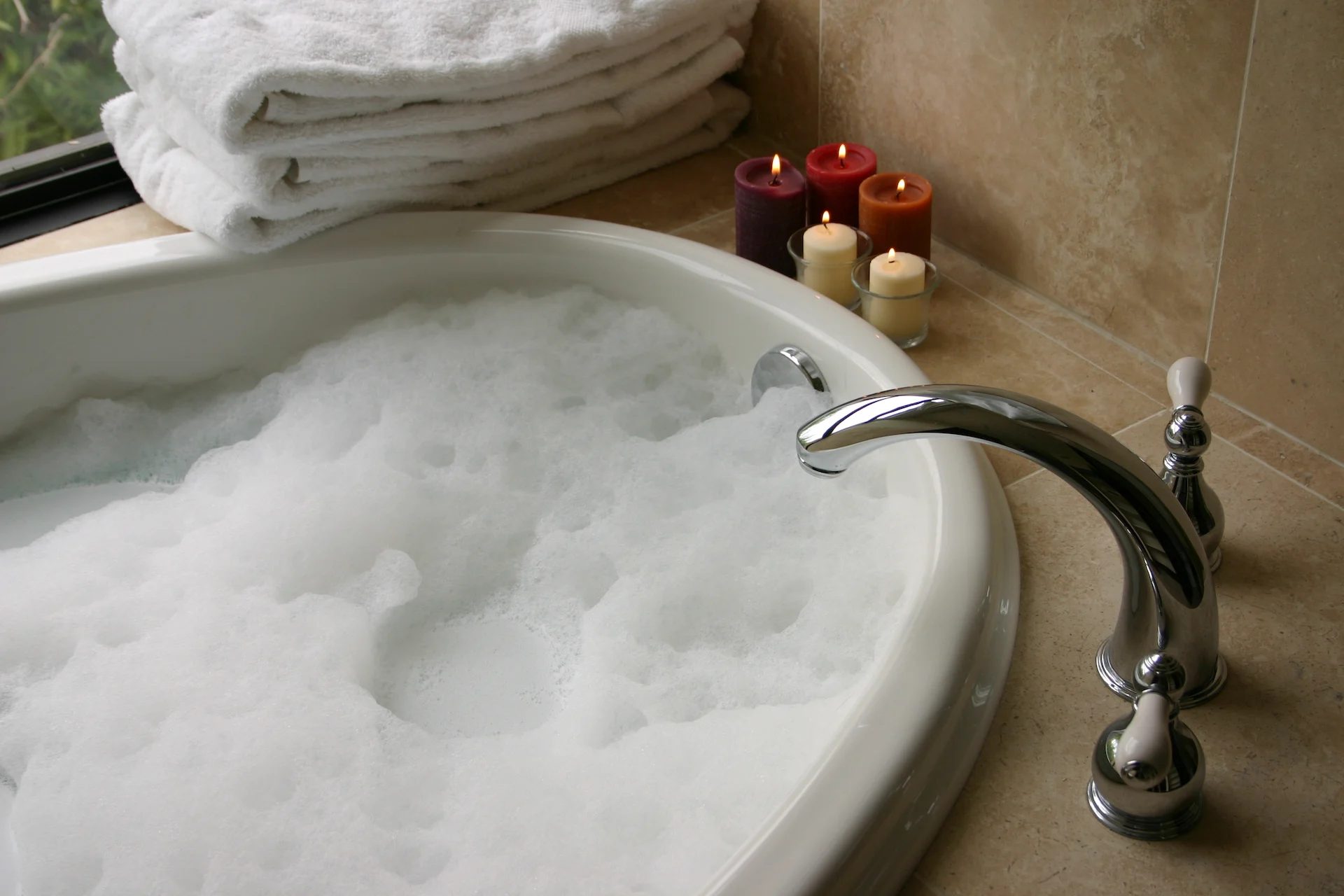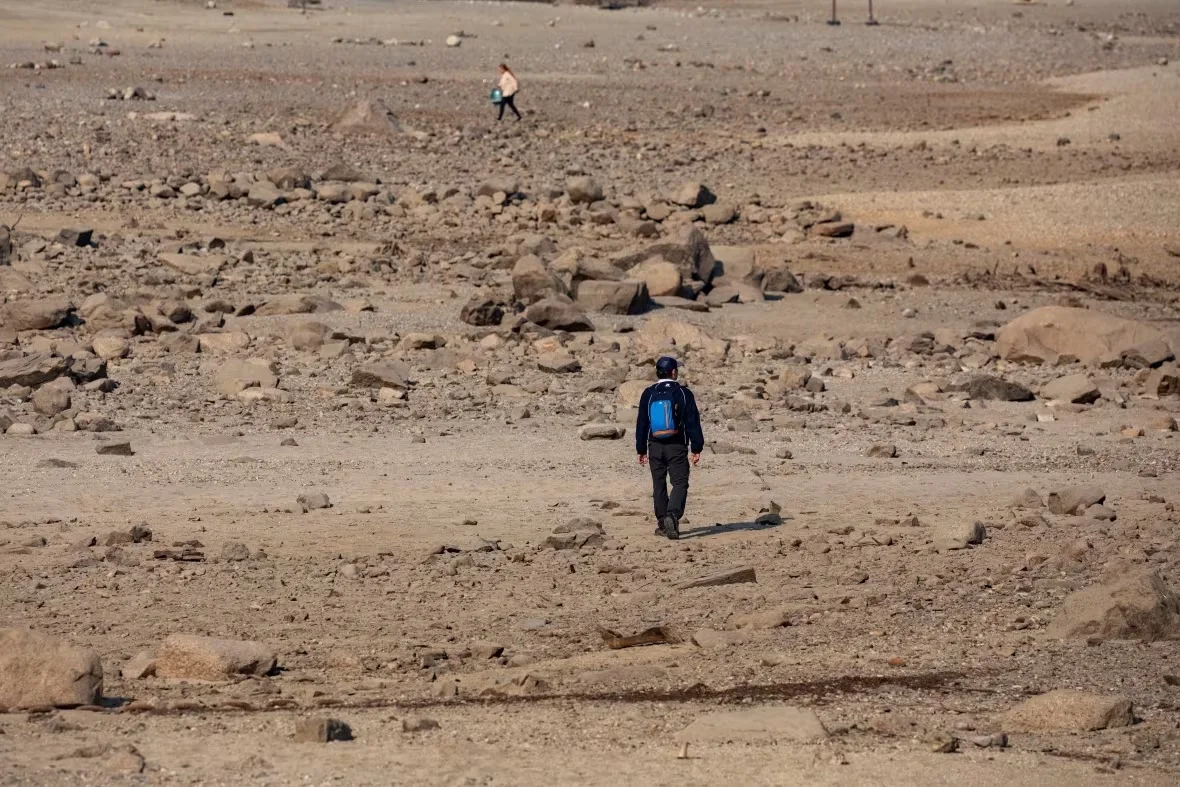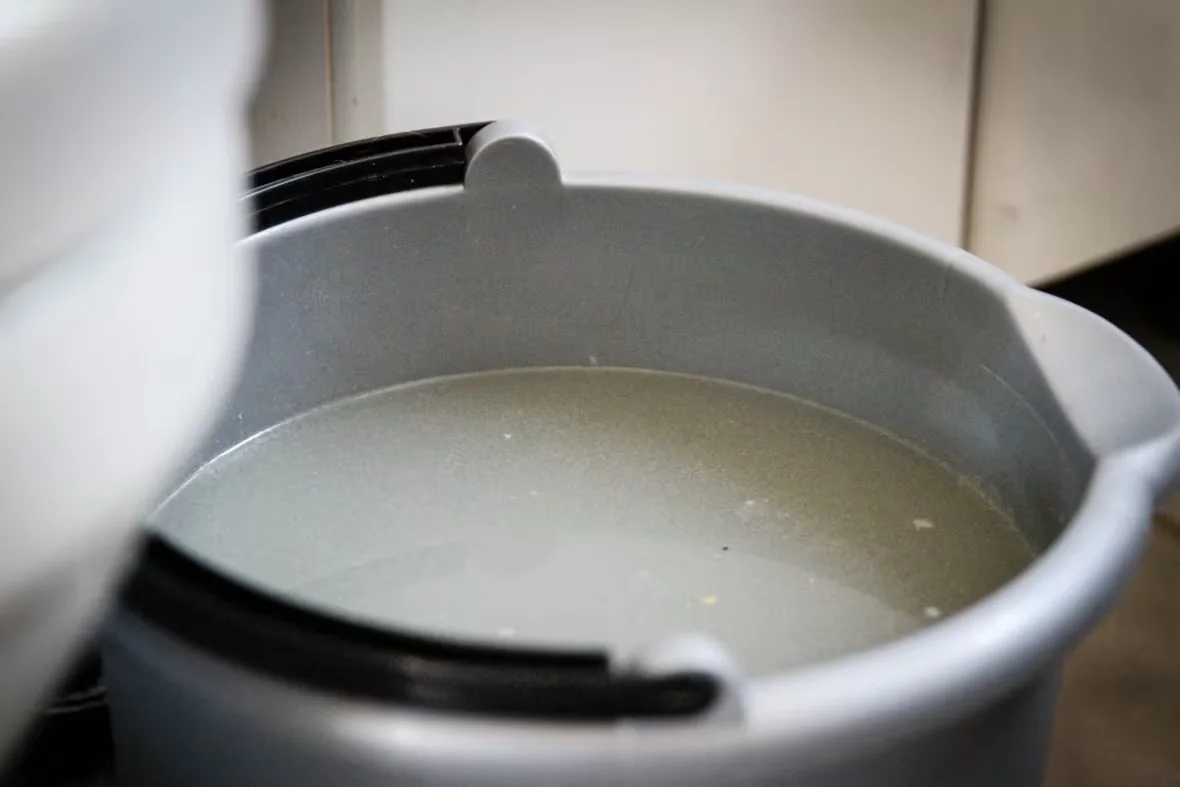
Why reusing household water to combat drought can be tricky in Canada
For a while, every time Caetano Dorea's kids took a bath, he used a bilge pump to save the water and pour it on his plants outside.
As a University of Victoria engineering professor specializing in wastewater treatment, Dorea knows more than the average person about how much water the average household uses in Canada.
"We use water in a very luxurious way," Dorea said.
DON'T MISS: Droughts can be tough reminders of importance of water conservation
"We use more drinking water to flush than we hydrate ourselves with. It is a little bit mind-boggling for me, and I think these systems could be rethought in view of our current challenges."
Dorea is referring to the record-breaking drought that British Columbia is currently experiencing. In B.C., leaders are sounding the alarm about looming water scarcity as two-thirds of the province's water basins are now at Level 4 or 5 drought.

B.C. is currently experiencing record-level drought throughout most of the province. (Ben Nelms/CBC)
For some, that prompts the question: why not reuse some types of household water for non-potable purposes like flushing the toilet or watering the begonias?
The technology to do so does exist. And by some estimates, just reusing shower water to flush the toilet could conserve up to 30 per cent of household water use.
But the ability to do so in most parts of Canada is complicated by health standards, building codes and public education.
Mitigating health risks
Environmental engineer Troy Vassos knows all about water reuse. In 2010, he was the technical consultant on a Health Canada committee examining the subject for national guidance.
Specifically, the committee was looking at grey water, which generally comes from household sources like laundry, showers and kitchens that haven't been in contact with fecal matter.
The idea is that grey water doesn't pose as much of a health risk, so it should be more easily used for non-potable purposes. Except the reality, Vassos says, isn't quite on par.

Grey water from households does contain some pathogens, so health officials are cautious about reusing it in the home. (Lily Martin/CBC)
"Grey water contains the same potential disease-causing pathogens, microorganisms that wastewater does, perhaps in different quantities or numbers," Vassos said.
"But in the case of health and the transmission of disease, it doesn't really matter what the numbers are. The risk is still there."
Changing sector
Dorea, the UVIc wastewater engineer, points out that modern waterworks systems were set up for good reason: they keep us safe from waterborne diseases.
"When we designed all these things, no one even thought about climate change. We did not think we're going to be going through droughts and whatnot," Dorea said.
The wastewater treatment sector is changing, though, and leading the way are places like Arizona, California, Florida and, overseas, Israel.
Rather than send wastewater back into the ocean, some of those places are treating it and recycling it, creating a closed-loop system or, in the case of Israel, using it for irrigation.
Some companies see opportunity in a changing sector.
Toronto-based company Greyter builds systems that filter water from showers and tubs and uses it to flush toilets. The company also provides water reuse and rainwater systems for the commercial sector.
John Bell, the company's co-founder and chief commercial officer, says the reuse industry is an emerging market that is gaining traction in certain parts of the world.
WATCH: Easy ways that Calgarians can save water (and money) this summer
"I think the future of the reuse industry is going to grow, and it may be mandated in certain jurisdictions," Bell said. "At the end of the day, it makes no sense flushing toilets with perfectly good drinking water."
Diverting water from the shower to flush toilets can save about 20 per cent of household water use, Bell says.
Each system costs $7,000-$10,000. The company currently has its systems set up in about 150 households across North America and is hoping to see that number rise as regulations and incentives continue to grow.
States like Arizona, Colorado and California are pioneering water reuse technology, Bell says. In Florida, officials have implemented tax credits and other financial incentives to encourage builders to install these types of systems in homes.
Issues with decentralization
But Vassos and Dorea say using water reuse technology on a household basis is complicated. There are building codes to adhere to on a federal, provincial and municipal level, as well as environmental laws.
Vassos says switching from a centralized system to one based within households comes with challenges.
"If you don't maintain it, if you don't operate it correctly, if you don't get the proper servicing done, if you don't take water quality samples periodically to check and see if something may be going awry, your health risk suddenly goes up," Vassos said.
"And that's been one of the biggest concerns that the health agencies have with these technologies, even the certified ones, is where is the inspection coming from?"
For example, Vassos says soap scum from showers can damage water valves, making them prone to leaking. He says that's where public education comes in, so people know to check and maintain their systems.
WATCH: Drought in B.C. reaches into record-breaking territory
Thumbnail courtesy of Getty Images-172224262.
The story was written by Maryse Zeidler and published for CBC News.









